
By Steve Plumb
Senior Editor,
SME Media

Axiom Space is building a series of modules that will connect to the International Space Station starting in 2025. The spacecraft will host people, research, and manufacturing projects for private customers. By 2031, the company aims to operate its own commercial space station. (All images provided by Axiom Space)
Axiom Space is building a series of modules that will connect to the International Space Station starting in 2025. The spacecraft will host people, research, and manufacturing projects for private customers. By 2031, the company aims to operate its own commercial space station.
Space—the final manufacturing frontier. To seek out advanced technologies, materials, and processes. To paraphrase Star Trek’s Captain Kirk, these could soon be the voyages of the Axiom Space Station: Exploring low-Earth orbit and boldly go where no manufacturer has gone before.
Founded in 2016 by Michael Suffredini—NASA’s International Space Station (ISS) Program Manager from 2005 to 2015—and space entrepreneur Kam Ghaffarian, Houston-based Axiom Space Inc. won a $140 million contract with NASA in early 2020 to provide habitable spacecraft that can be attached to the ISS’ Harmony module. The first module is due to be completed and dock with Harmony in 2025, with two other modules to be added in subsequent years.
In addition to supporting the ISS, which is jointly run by the United States, Canada, Europe, Japan, and Russia, the Axiom Space modules will host people, research, and manufacturing projects for private customers. To this end, the company says it has multiple international partnerships and secured $2 billion in customer contracts—$400 million has already been received.
The overall mission is even more ambitious. By 2031, Axiom Space aims to succeed the ISS and become the first commercial space station. To kick off the program, the company sent a private astronaut crew to the ISS for a 17-day mission in April 2022. The Ax-1 team conducted crew-curated research, and collaborated with international organizations on various demonstrations and projects ranging from self-assembling technology for satellites and future space habitats to a cancer stem cell study.
The second trip is scheduled for late spring, with others to follow later in 2023 and possibly 2024. All the flights are conducted in partnership with SpaceX, which carries the four-person crew aboard its Dragon spacecraft atop a Falcon 9 rocket. Ax-2 will conduct more than 20 different experiments, including studies designed to help predict and prevent cancer, the effects of microgravity on crew members, and weather modification in low-gravity conditions.
Axiom Space is also working with academic and industrial partners to perform four proof-of-concept studies for in-space biomanufacturing, which the company thinks could address current roadblocks in regenerative medicine, drug development, and technology advancement.
“We’re delighted to support these scientific, research, and manufacturing projects on the Ax-2 mission, as well as provide opportunities to conduct research in microgravity for partner countries and nations with limited access,” Lucie Low, chief scientist for Axiom Space, said in March. “The projects flying on this mission will advance the use of low-Earth orbit as a manufacturing platform for technologies that could advance human health on Earth, add to our understanding of health in space, and demonstrate how to best operate safely and effectively on orbit.”
Ground Control
Back on Earth, the company is partnering with Italy’s Thales Alenia Space (a joint venture between Thales and Leonardo), which is welding and machining the primary structures for the initial space module. The first pieces of fabricated flight hardware are beginning to come together, according to Axiom Space, which will complete final assembly and integration in Houston.
Axiom_AxEMU_Team_01.jpg
Axiom’s mission is to expand robust scientific research, biomanufacturing, and technology demonstrations in low-earth orbit. Team members shown here are building an advanced spacesuit at the company’s Houston headquarters.

Axiom’s mission is to expand robust scientific research, biomanufacturing, and technology demonstrations in low-earth orbit. Team members shown here are building an advanced spacesuit at the company’s Houston headquarters.
The company is constructing a 106,000-sq-ft (9,850 sq-m) facility—about one-fifth of which will be devoted to manufacturing—at Ellington Airport’s Houston Spaceport complex. The new site will serve as Axiom Space’s headquarters and production hub, consolidating the company’s operations at three nearby temporary facilities that are outfitted with a wide range of equipment, including three- and five-axis CNC machines, laser welders, press brakes, and metal additive systems.
Axiom also works closely with Open Mind Technologies USA Inc., licensing two seats of the Needham, Mass.-based company’s hyperMILL software. In addition to traditional CAM capabilities, Axiom Space uses hyperMILL to create digital twins for testing and modeling.
“Our main goal was to enable their machines to get through components and prototypes in a predictable manner because they were under an extreme time frame,” explained Alan Levine, Open Mind USA’s managing director. Open Mind’s ability to meet the tight timing and speed requirements was underscored in March with Axiom’s third DMG Mori CNC machine. The machine was up and running for testing a day after Open Mind completed the post processor, over the weekend no less, according to Levine, who noted that the process can often take weeks or months with other software.
Axiom Space also is helping Open Mind beta test a new product that the software developer aims to launch this year. Dubbed Connected Tool Technology, the program can be used to improve the tool path to better fit a part and reduce setup times, Levine said.

hyperMILL’s Virtual Machining optimizes moves while considering the machine tool environment via digital twin model. Confirmed tool paths are released to the machine.
Employee No. 186
Growing up, Julian Daniels never dreamed that he’d be working on a project involving space travel. Although his interstellar prospects didn’t improve much when he started his career as a CNC machinist, his trajectory took a decidedly upward turn in subsequent CNC positions with several aerospace-related companies. Since joining Axiom Space nearly two years ago, he’s been on a rocket ride toward space—at least in the sense that the equipment he’s responsible for is building next-generation spacecraft for low-Earth orbit—1,200 miles (2,000 km) above terra firma—and eventually to the moon and beyond.
As technical lead IV for the company’s machine shop, Daniels is at the heart of the project. He came on board shortly after the NASA contract was awarded as employee No. 186. Since then, the company’s workforce has more than quadrupled and continues to soar. In fact, managing and navigating such rapid growth is one of his biggest challenges, Daniels said.
Starting out as somewhat of a skunkswork operation meant everyone had to be more resourceful and “mindful of how we were building things,” Daniels said. The team has a lot more resources now but the number of moving pieces continues to grow—and the stakes are even greater as planning transitions to production, with multiple teams that have to be precisely aligned and coordinated.
There also are unique demands associated with manufacturing components for operation in space. “Obviously, the safety tolerances are extremely tight, and documentation and traceability are critical with various design reviews,” Daniels said. “Manufacturing works closely with our materials process team, which educates us about how different materials work together in space.”
Daniels also works closely with Open Mind and a Texas-based hyperMILL distributor. “We did a lot of research on different CAM systems before making our selection. In the end, hyperMILL’s unique capabilities stood out,” Daniels said, noting that transitioning from a CAM environment to a digital twin is seamless.
“If I want to change some parameters on a cut, I can quickly jump back and forth between the CAM system and the digital twin.” This can cut time by as much as 50-60%, he said, citing one case in which the size of the component was approaching the limits of a machine’s work envelope. “The digital twin allowed me to get really creative with how I approached manufacturing it because I could manipulate and rotate things around, whereas typically a part that big for that machine, you just wouldn’t be able to make it because the movements of the machine would be too close and crash into each other. It would have required a lot of trial and error.”

The new spacesuit can accommodate a range of crew members.
Lift Off
In addition to building the exterior structures, Axiom Space is making small propulsion thrusters that will be used for short bursts to orient the modules. And the company worked with renowned French industrial designer Philippe Starck on the interior quarters that will house the crew.
It also has designed a new spacesuit that is said to be safer, longer lasting, more comfortable, and allow for a greater range of motion thanks to the use of innovative soft and hard joints. The Axiom Extravehicular Mobility Unit suit includes specialized tools for lunar exploration and various scientific experiments as part of NASA’s Artemis 3 mission that’s scheduled to launch in December 2025, according to the company.
“We carefully considered years of lessons learned by NASA and used that experience to build a spacesuit for the moon and for our future Axiom Space customers,” Suffredini said. “(The) spacesuit will be ready to meet the complex challenges of the lunar south pole and help grow our understanding of the moon in order to enable a long-term presence there.”
Whether it’s the moon, the remaining Ax missions, or the subsequent rendezvous with ISS, the entire Axiom Space team will be watching and supporting the project at every step along the way. “I’d say about 80% of us are space geeks,” Daniels said, counting himself as part of the group. “It’s really exciting, and we’re all very proud of the program and committed to its success.”
For more information about Axiom Space visit www.axiomspace.com or call 346-293-7045. For information about Open Mind visit www.openmind-tech.com or call 888-516-1232.
Content Source:
RELATED CONTENT:
Fastener Pop Quiz: Fastener Hall of Fame
Fastener Design Course by NASA
Aerospace, Fastener News, Featured, Technology

 Mid-States Bolt & Screw Company has an extensive inventory of nuts, bolts and screws. The saying goes, “if we don’t have it, we can find it”, “if we can’t find it, it doesn’t exist.” Fasteners are used in different applications and are needed across many industries. The diversity of their uses and the industries that use them are a key element of our company’s stability and longevity.
Mid-States Bolt & Screw Company has an extensive inventory of nuts, bolts and screws. The saying goes, “if we don’t have it, we can find it”, “if we can’t find it, it doesn’t exist.” Fasteners are used in different applications and are needed across many industries. The diversity of their uses and the industries that use them are a key element of our company’s stability and longevity.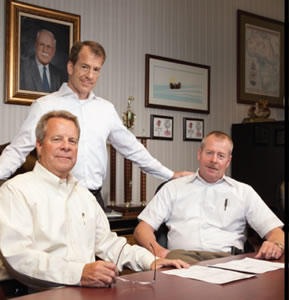 After Herb’s passing, that vision was upheld by his three sons Scott, Matt and Marc and they continue his legacy today. In 50 years, Mid-States Bolt & Screw Co. has grown from a business out of its founders’ basement to a multi-state, international business, with anticipated growth in the future.
After Herb’s passing, that vision was upheld by his three sons Scott, Matt and Marc and they continue his legacy today. In 50 years, Mid-States Bolt & Screw Co. has grown from a business out of its founders’ basement to a multi-state, international business, with anticipated growth in the future.

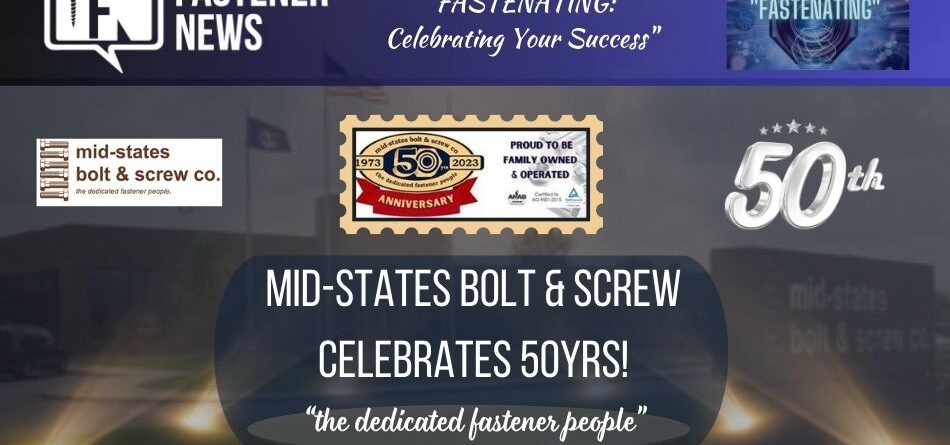
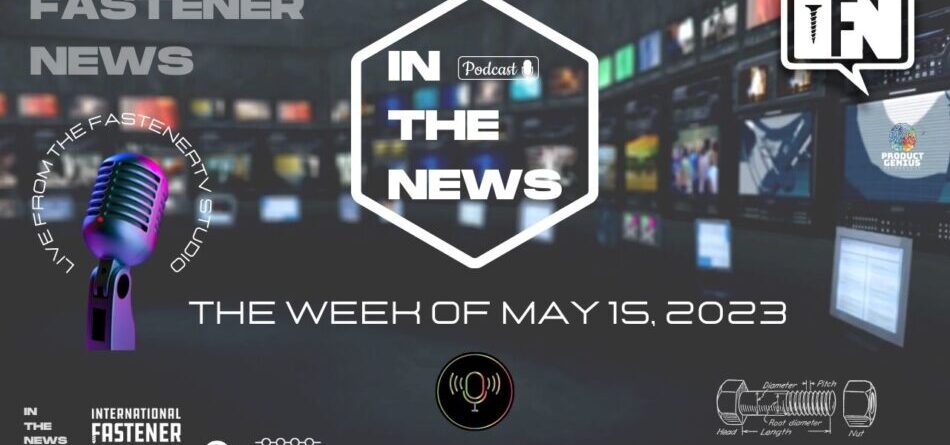





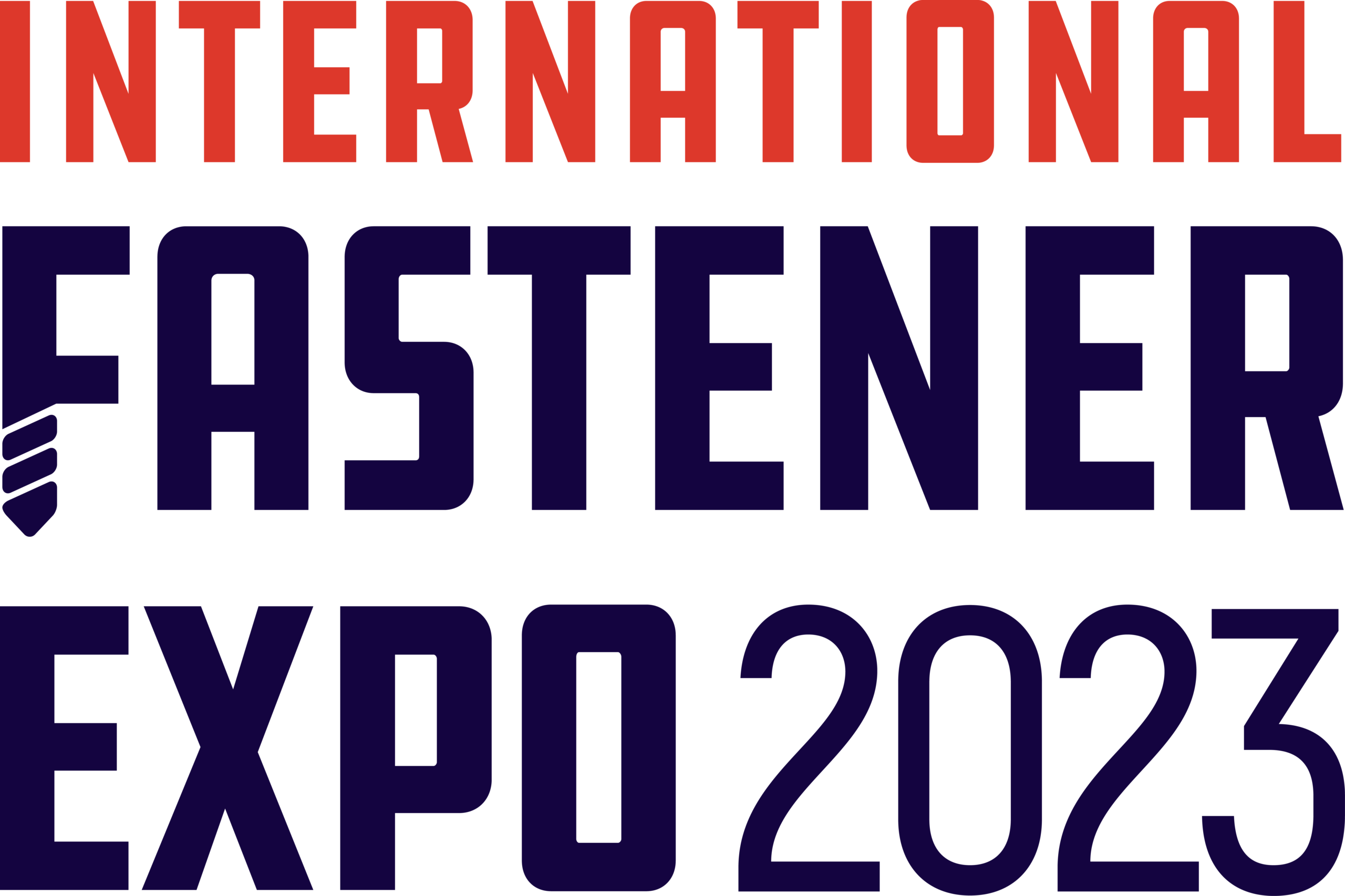





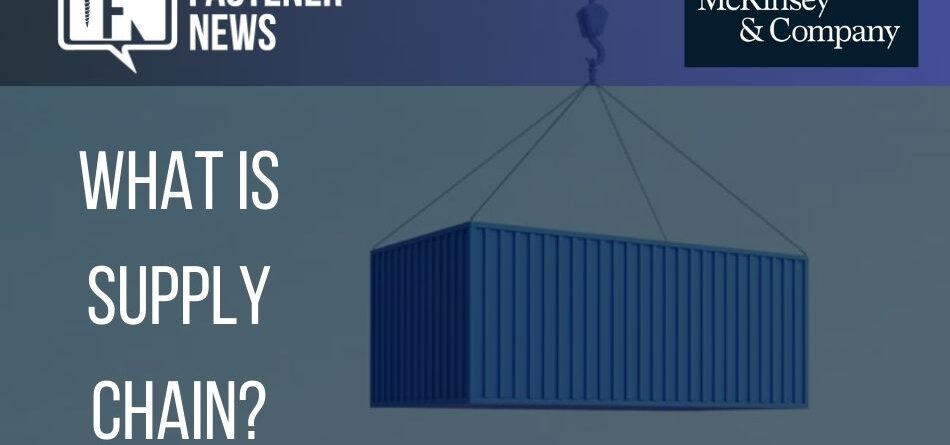

.jpg?cq=50&mw=767&cpy=Center)
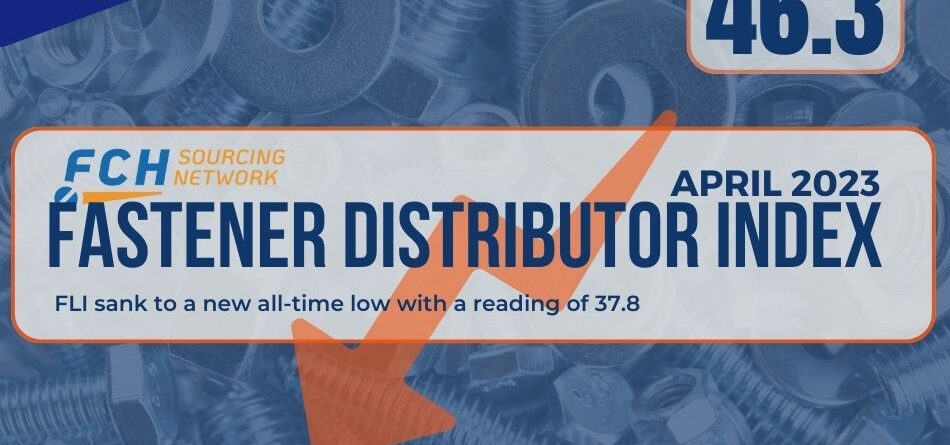


 FND encourages all North American fastener distributors to take part in the FDI.
FND encourages all North American fastener distributors to take part in the FDI. 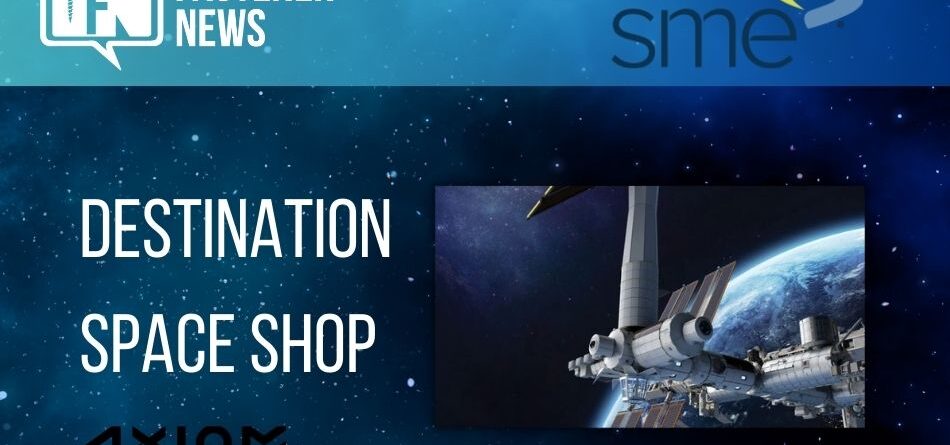





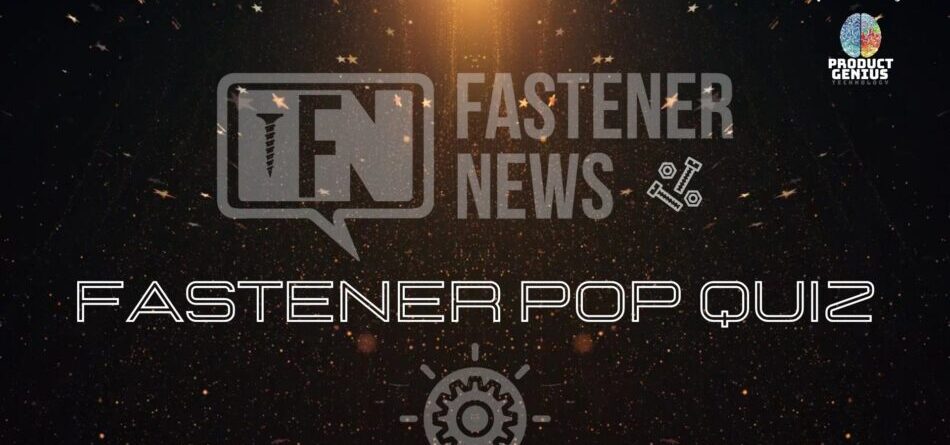


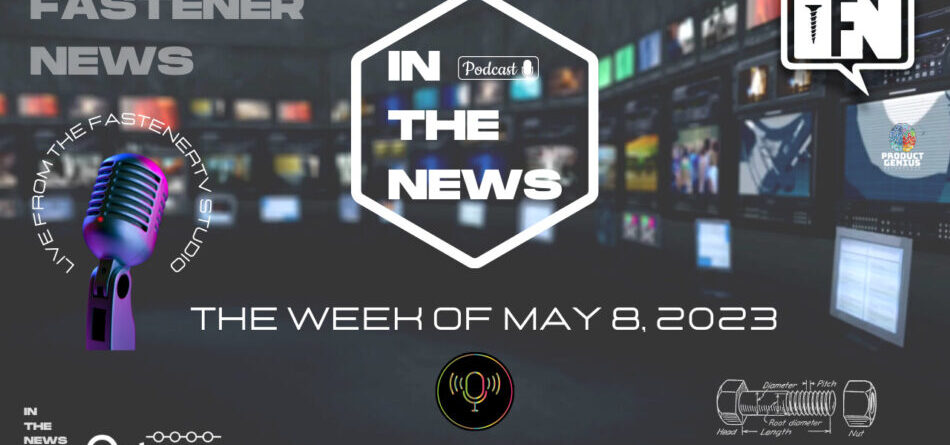



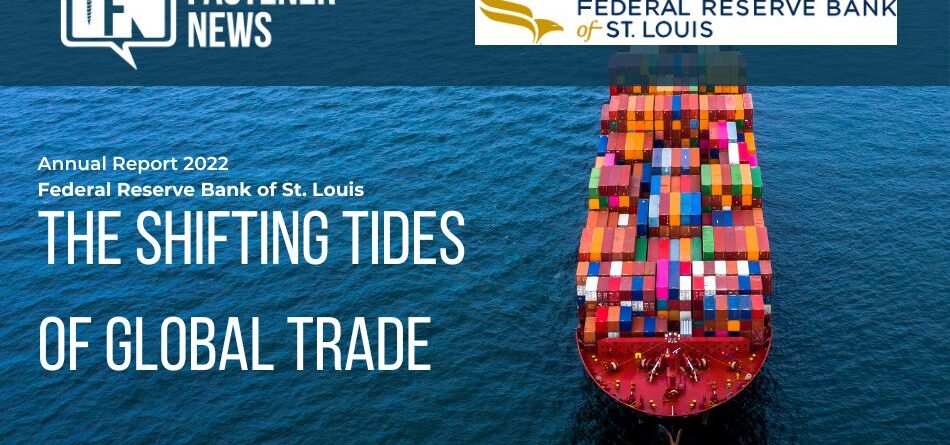

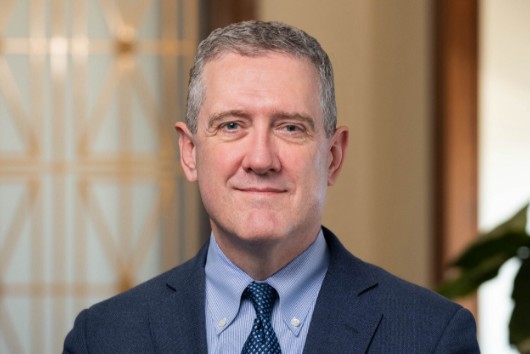


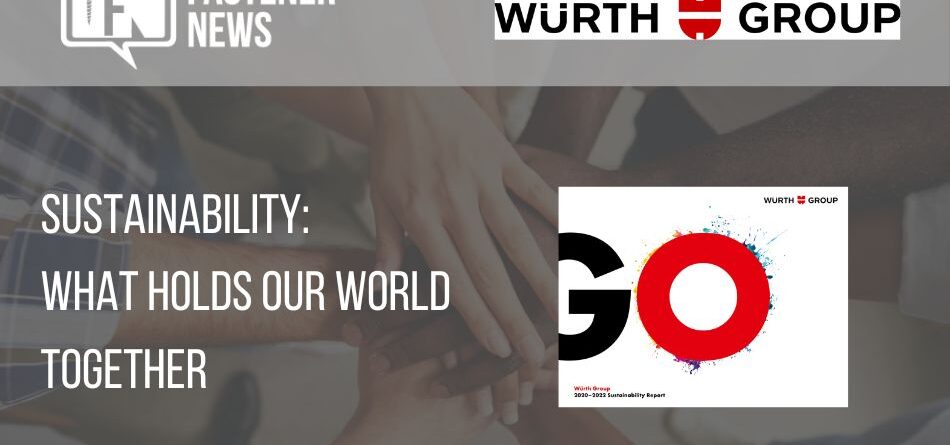
 “The solution is to provide a solid foundation for our system of values and our culture that is fair for future generations”
“The solution is to provide a solid foundation for our system of values and our culture that is fair for future generations”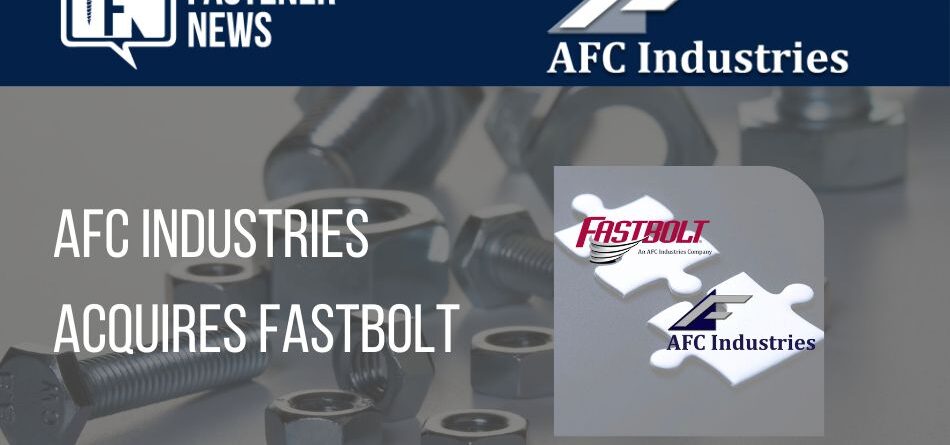

 Founded in 1974 by Albert Zaukas, the company has continued to evolve and is now a quality-driven global supply chain management company meeting the needs of an increasingly sophisticated and diversified customer base. Fastbolt owner and CEO Glenn Zaukas said, “We have worked hard through the years to build on our
Founded in 1974 by Albert Zaukas, the company has continued to evolve and is now a quality-driven global supply chain management company meeting the needs of an increasingly sophisticated and diversified customer base. Fastbolt owner and CEO Glenn Zaukas said, “We have worked hard through the years to build on our 